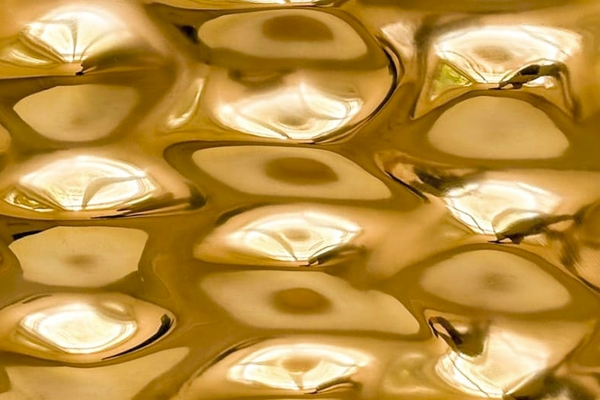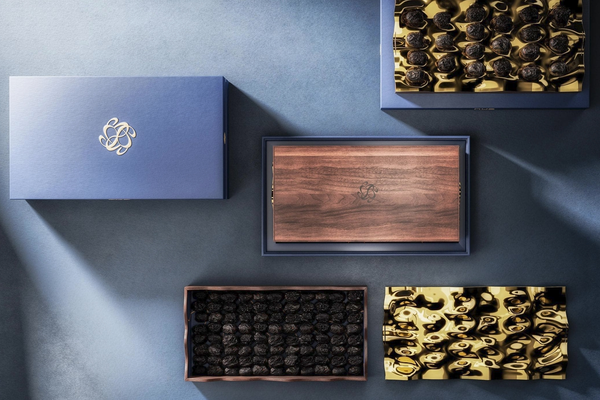Is 3D printed food safe to eat?
Recent research from the University of Alberta has shown promising results in ensuring the safety of 3D printed food. Experiments have demonstrated that the heating element within a 3D food printer, which is used to maintain the pliability of edible paste, can also effectively kill harmful bacteria like Salmonella. This is a significant step forward, as Salmonella is known to cause a substantial number of foodborne illnesses and related hospitalizations annually.
When it comes to 3D printed food, the materials and processes used are crucial for safety. It’s essential to use materials that are certified as food-safe and to ensure that the 3D printing process adheres to food safety standards.
Moreover, the environment in which the food is printed plays a critical role. Adhering to regular food handling and health codes, such as using sanitized equipment and fresh ingredients, is necessary to maintain the safety of 3D printed food.
The vital challenge with 3D printed food is that it often contains high levels of moisture to remain pliable, which can accelerate bacterial growth if the food is contaminated. Additionally, 3D printers may have components that are not easily disassembled for thorough cleaning, posing a risk of contamination.
Overall, 3D printed food can be safe to eat if produced under strict safety protocols, using appropriate materials, and with a focus on maintaining a clean printing environment.
10 3D Printed Foods You Might Want to Try
1. 3D Printed Chocolates
3D printed chocolates are revolutionizing the confectionery industry. Utilizing advanced printers like the Cocoa Press, consumers can now enjoy chocolates in any shape imaginable, from personalized messages to complex patterns. Moreover, Cocoa caters to diverse dietary needs with options for different chocolate types, including dark, milk, and white, as well as potential vegan varieties. As a blend of art, science, and gastronomy, 3D printed chocolates are enhancing our culinary experiences.
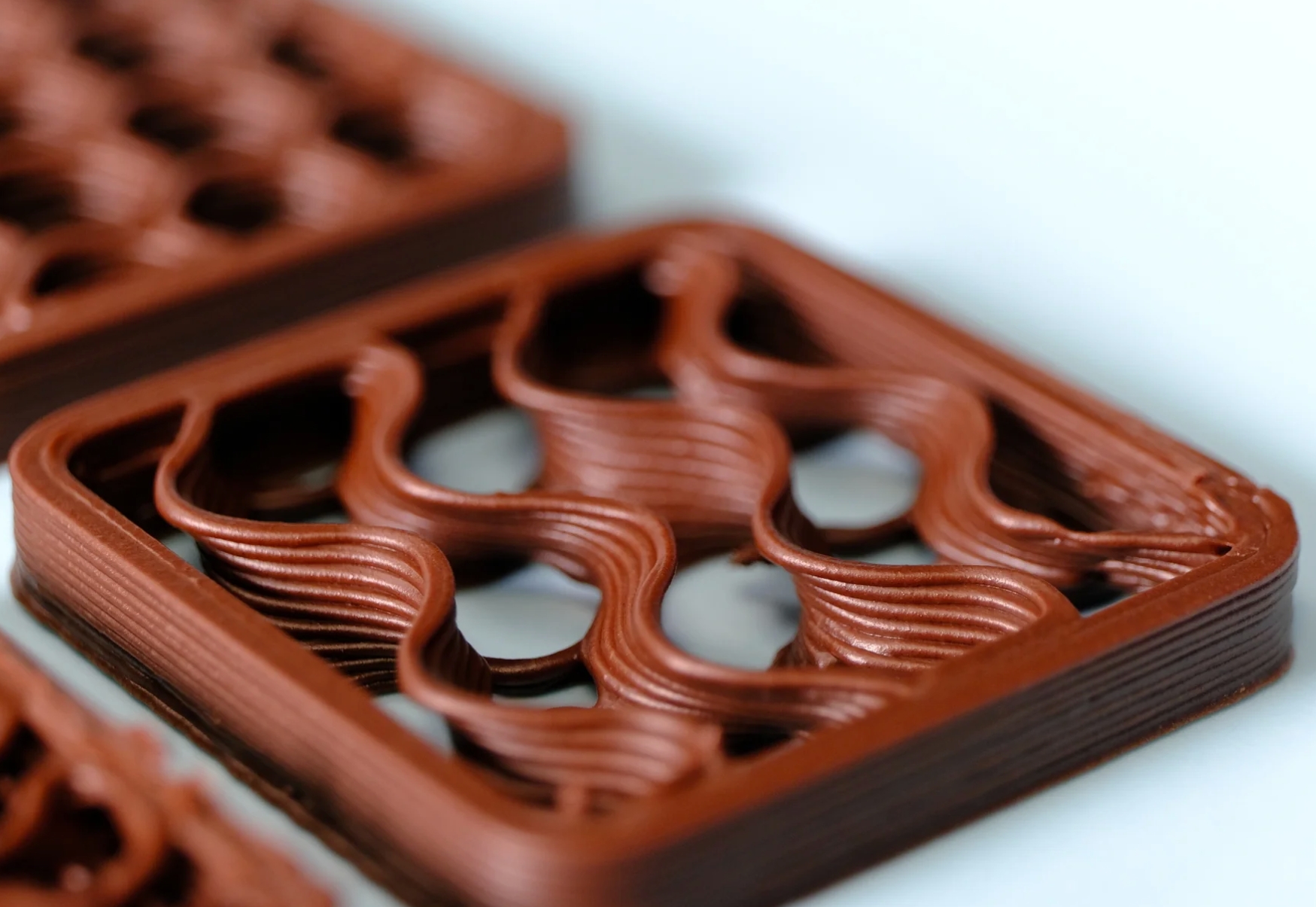
Image Source: Cocoa Press
2. 3D Printed Cheesecake
Researchers at Columbia University have developed a method to create a seven-ingredient vegan cheesecake using a 3D printing machine that assembles and cooks the dessert with laser technology. 3D printed cheesecake ensures a delightful flavor profile and presents a novel way to enjoy this classic dessert, making it a perfect addition to the list of 3D printed foods worth trying.
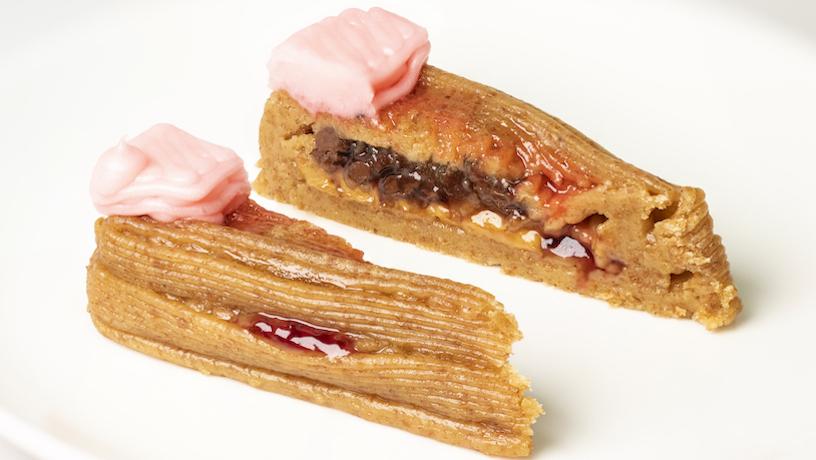
Image Source: Columbia Engineering
3. 3D Printed Cheese
Researchers have successfully 3D printed cheese that is softer, springier, and more fluid when melted compared to traditional processed cheese. Whether it’s for artistic presentation or simply to add a touch of fun to the dining experience, 3D printed cheese is fascinating!

Image Source: ABC RURAL
4. 3D Printed Drink
Companies like Smart Cups have introduced the world’s first printed beverage, where ingredients are encapsulated in a plant-based shell and printed inside a cup. Just add water, and the shell dissolves, releasing the ingredients to create a self-stirring drink. Whether it’s an energy drink or a cocktail with intricate 3D artwork floating inside, 3D printed drinks are redefining the way we think about and consume our favorite beverages.

Image Source: PRINT A DRINK
5. 3D Printed Cookie Dough
3D printed cookie dough is reshaping the baking scene, and professional or home bakers can craft cookies with personalization and much fun. With the ability to print intricate designs and consistent shapes, 3D printing ensures that each cookie is as much a work of art as it is a treat. Whether it’s for a special occasion or to satisfy a sweet tooth, 3D printed cookie dough is delightful!

Image Source: IDG.tv
6. 3D Printed Steak
The concept of 3D printed steak is reshaping the future of sustainable dining. Pioneered by companies like Novameat and Redefine Meat, this innovation uses plant-based ingredients to replicate the texture and taste of traditional steak, offering a cruelty-free and environmentally friendly alternative. With the potential to reduce the carbon emissions and land use associated with livestock farming, 3D printed steak is a step towards a more ethical and sustainable food system.

Image Source: Bright Green Partners
7. 3D Printed Pasta
With companies like Barilla leading the charge, 3D printed pasta allows for complex and detailed shapes and textures. From intricate designs that hold sauce in novel ways to custom shapes for special occasions, 3D printed pasta is a perfect blend of tradition and innovation.

Image Source: SAVEUR
8. 3D Printed Candy
The Sugar Lab, known as the world’s first true digital bakery, has pioneered this sweet revolution by offering customizable candies that are visually stunning and delicious. From 3d printed lollipops to detailed sugar sculptures that dissolve in your drink, 3D printed candies are perfect for those looking to impress at events or seeking a unique gift!
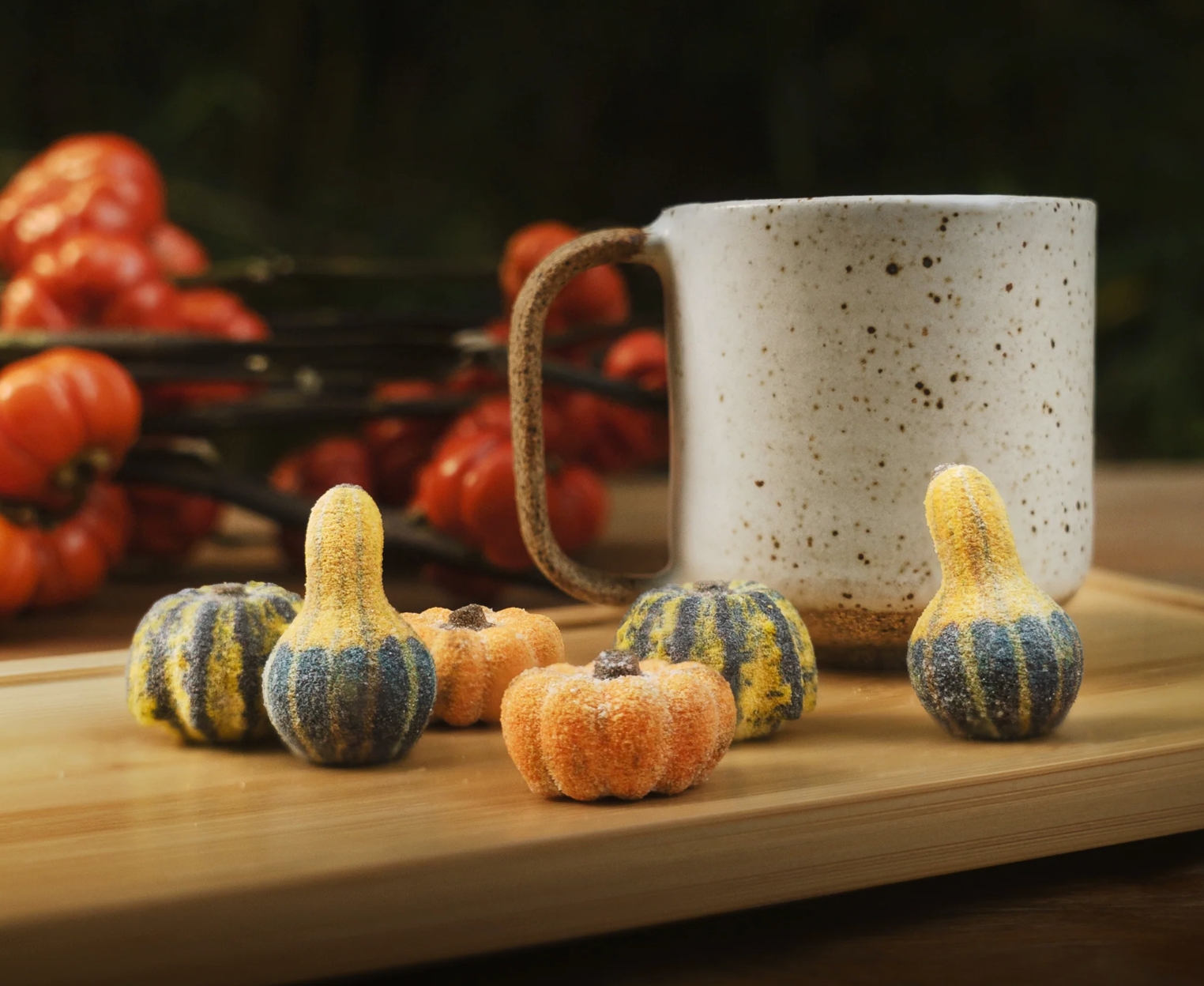
Image Source: Sugar Lab
9. 3D Printed Vegan Salmon Filet
The 3D printed vegan salmon filet by Revo Foods is a groundbreaking innovation in the world of sustainable seafood. Made from a blend of mycoprotein, pea proteins, plant oils, and algae extracts, this plant-based filet mimics the texture and taste of traditional salmon, offering a guilt-free alternative that’s rich in protein and Omega-3s. As the first 3D printed food product available in supermarkets, it represents a significant step towards meeting consumer demand for seafood without contributing to overfishing or marine biodiversity loss.
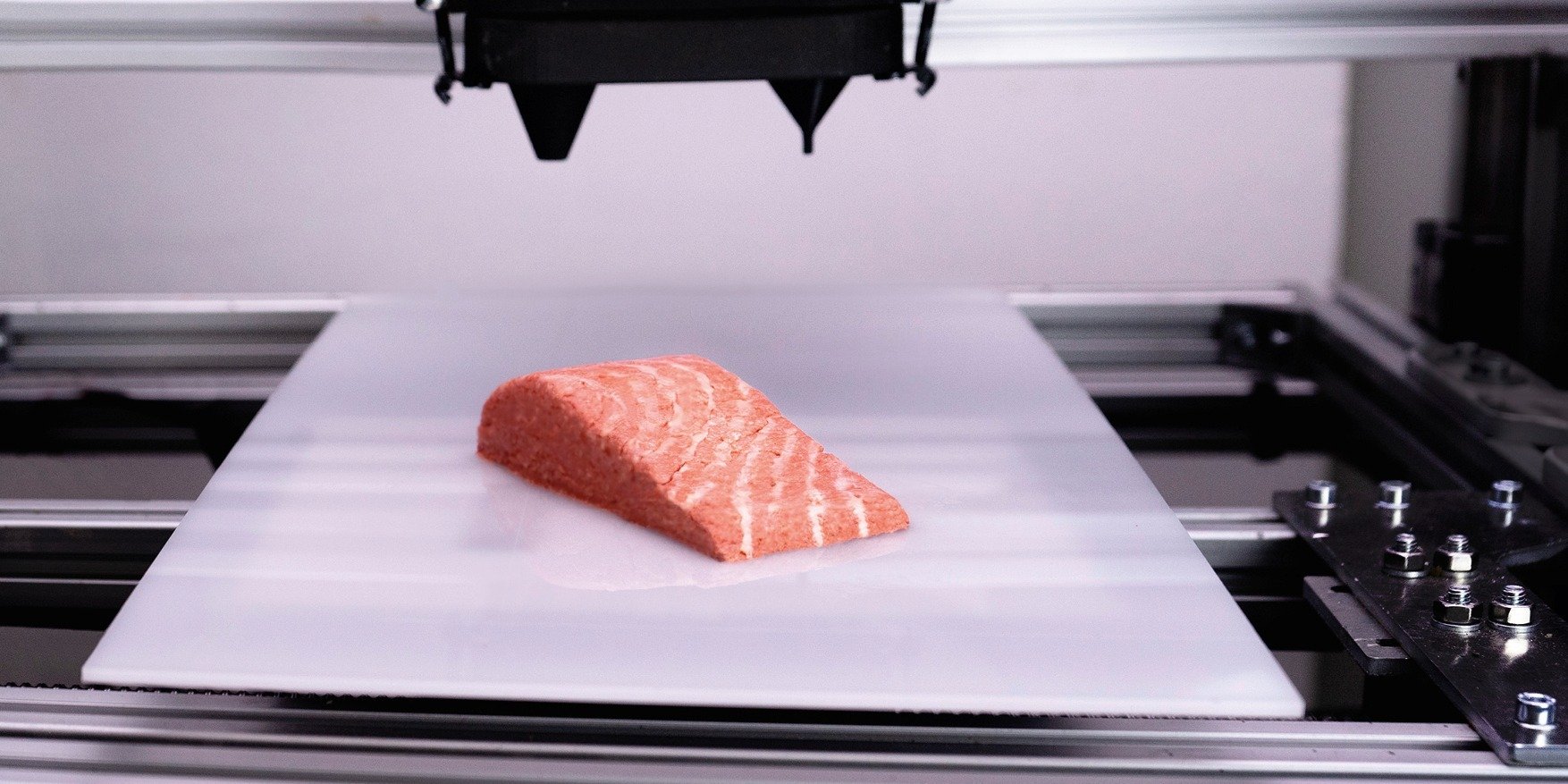
Image Source: Revo Foods
10. 3D Printed Pizza
With machines like the Foodini, users can select ingredients and layer them precisely, creating 3d printed pizzas with unique flavor combinations and artistic designs. It streamlines the pizza-making process and provides a fun and interactive way to engage with food.
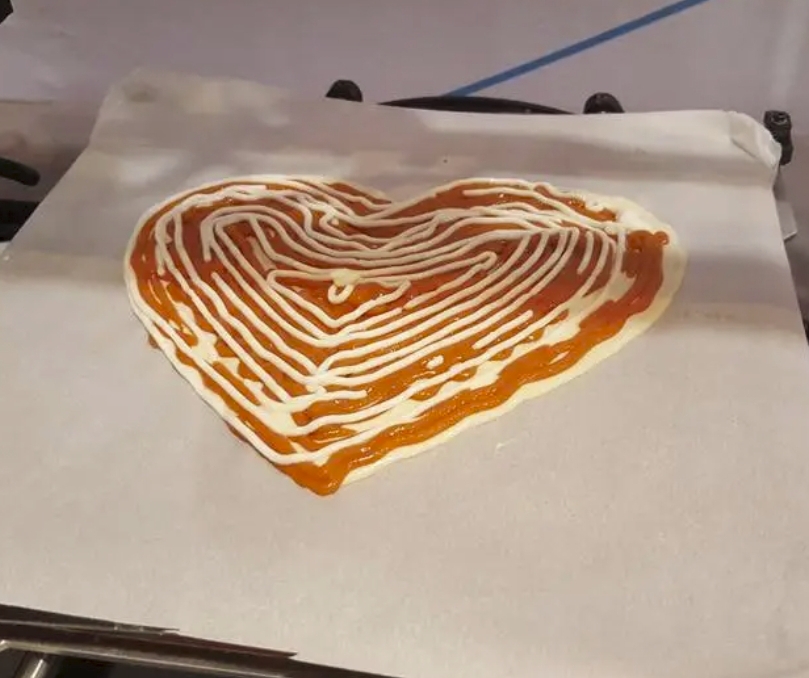
Image Source: BeeHex
Check out Our Special Offers
Featuring Process
- Coming Soon
Featuring Materials
- Coming Soon












